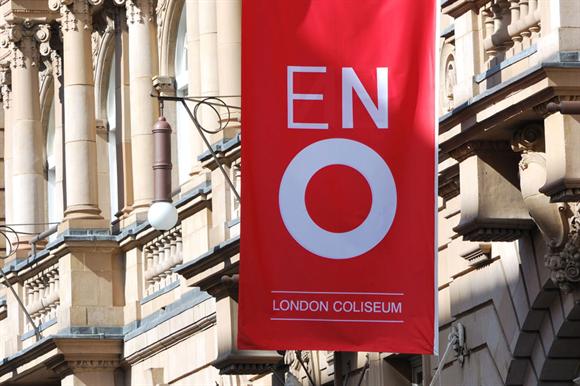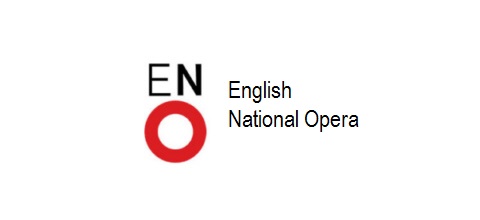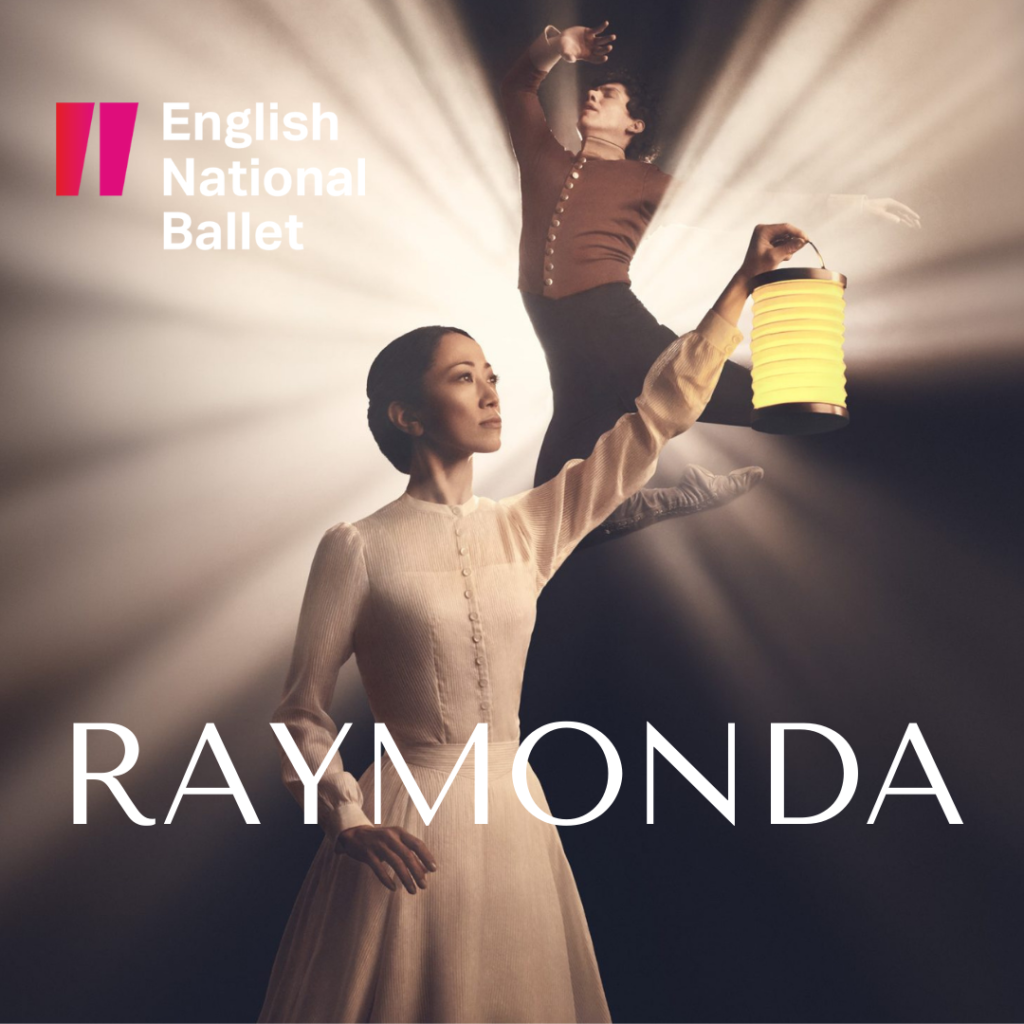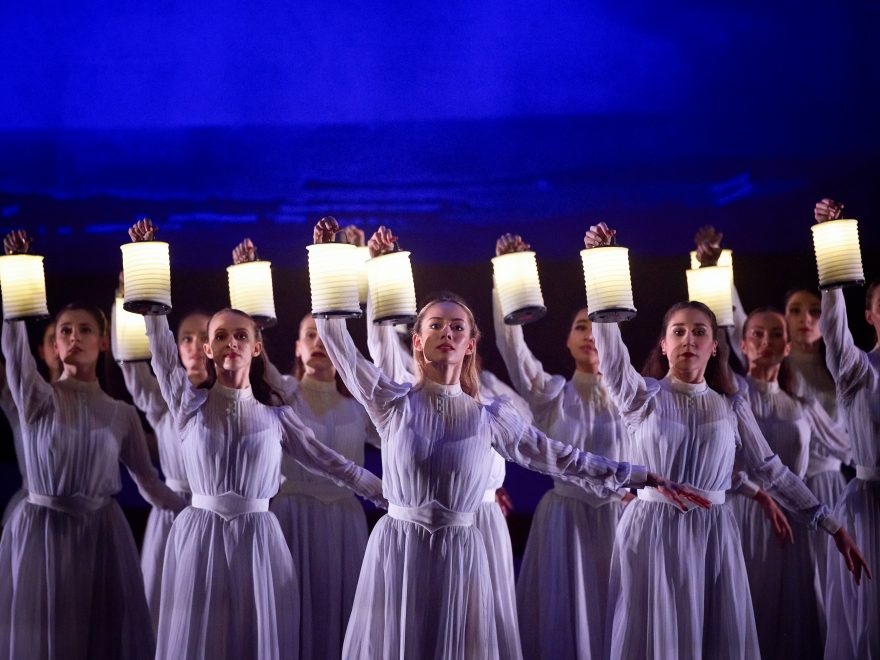FHB Highlight: «Ópera & Ballet in UK»
ELENA DÍAZ-GÁLVEZ PÉREZ DEL PUERTO
Mª TERESA VIDAL VIDAL
February 2022
The English National Opera・ENO
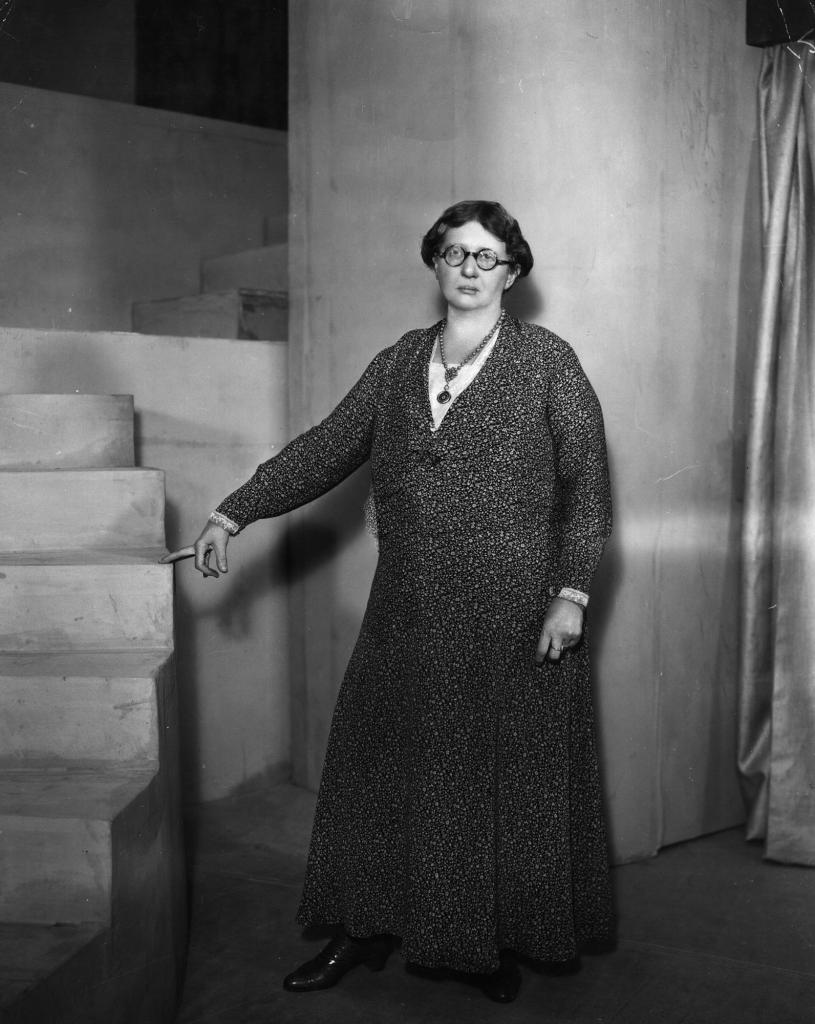
t was not until the 20th century that a permanent English opera company was established and long-held prejudices against English singers and composers were dispelled. This was not the result of a national policy, but the result of the passionate conviction of one woman, Lilian Baylis, who, in 1931, founded the Sadler’s Wells Opera Company in the newly reopened Sadler’s Wells Theatre. Baylis brought opera to a new audience who came to hear operas rather than see them. Many of the audiences were office workers and professionals who had benefited from the new educational systems and were interested in exploring literature, music and theatre.
During the Second World War the Sadler’s Wells Theatre was closed and the company toured the provinces, returning to its home in June 1945 for the premiere of Benjamin Britten’s Peter Grimes, which proved to be the most important British opera since the time of Purcell.
In 1968, Sadler’s Wells Opera moved from Sadler’s Wells Theatre to the London Coliseum, a theatre designed by Frank Matcham in 1904 for the theatrical impresario Oswald Stoll. Six years after the move to the London Coliseum, the company was renamed English National Opera (ENO). Today, in contrast to the Royal Opera, it offers a programme of operas sung exclusively in English with a staff of resident artists, and is known for its innovative staging and exceptional musicianship.
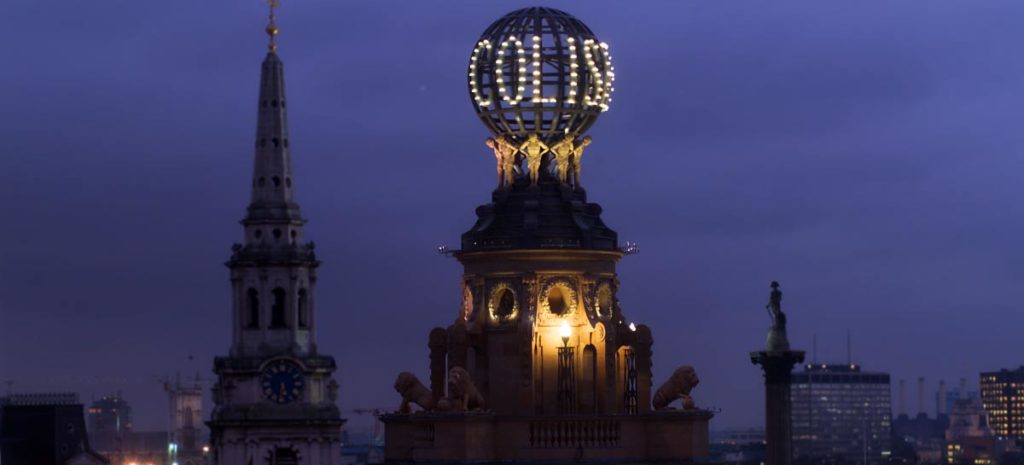
https://londoncoliseum.org/plan-your-visit
The English National Ballet・ENB
Founded in 1950 as «London Festival Ballet» by British dance greats Alicia Markova and Anton Dolin, ENB has been at the forefront of ballet’s growth and evolution ever since. ENB brings the finest ballet to the widest global audience through live performances across the UK and on eminent international stages, including the Bolshoi Theatre and Palais Garnier. Its digital platforms, Ballet on demand and BalletActive, enable it to reach audiences around the world.
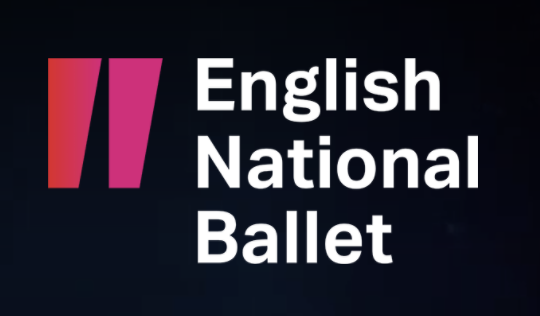
From 2012 to the present day, the English National Ballet has been under the artistic direction of Spanish dancer Tamara Rojo CBE. Following her time in the UK which included 12 years with the Royal Ballet in addition to her time with the English National Ballet, Tamara Rojo begins a new career path, later this year, leaving her post to move on to direct San Francisco Ballet. As FHB echoed in its publication of 28/05/2020, Tamara Rojo is proud to be able to represent all those people who work and live thanks to the performing arts in the UK.
Spanish dancer Tamara Rojo, artistic director of the English National Ballet, creates a new version of the classic fairytale ballet, Raymonda. This long-awaited version marks Tamara Rojo’s debut in directing and choreography, and builds on her illustrious career as a dancer and artistic director.
From January 18 to 23, 2022, the world premiere of the RAYMONDA season took place at the London Coliseum, inspired by the spirit of the “Lady with the Lamp”, Florence Nightingale.
From 2012 to the present, the English National Ballet has been under the artistic direction of the Spanish dancer Tamara Rojo CBE.
Since last year, English National Ballet enjoys a new home on London City Island. It has been renamed the Mulryan Centre for Dance, after the surname of one of its main donors, the Ballymore construction company. The London Coliseum has therefore ceased to be its home and is now only the home of English National Opera (ENO).
To understand the importance of the English National Ballet, let the words of Sean Mulryan, Chairman and CEO of Ballymore, help:
“Arts, culture and design are essential to our lives and to our wellbeing. We must appreciate the importance of the arts to our quality of life, in particular it is this that gives London its soul. English National Ballet is a precious national asset, and we should all be grateful for what they and other artistic talents bring to our society”.
Sean Mulryan, Chairman and CEO of Ballymore
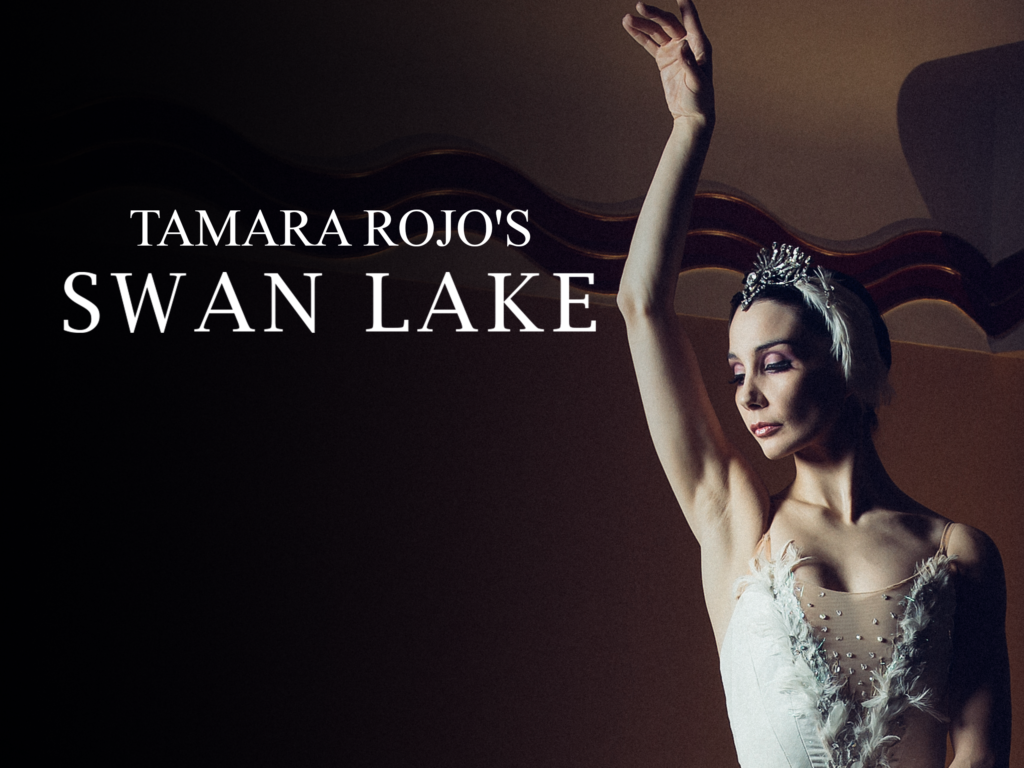
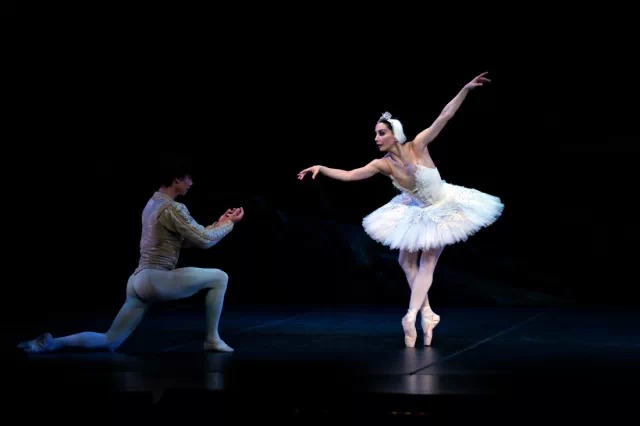
Tamara Rojo live at stage, “Swan Lake”, Mayo 2015


